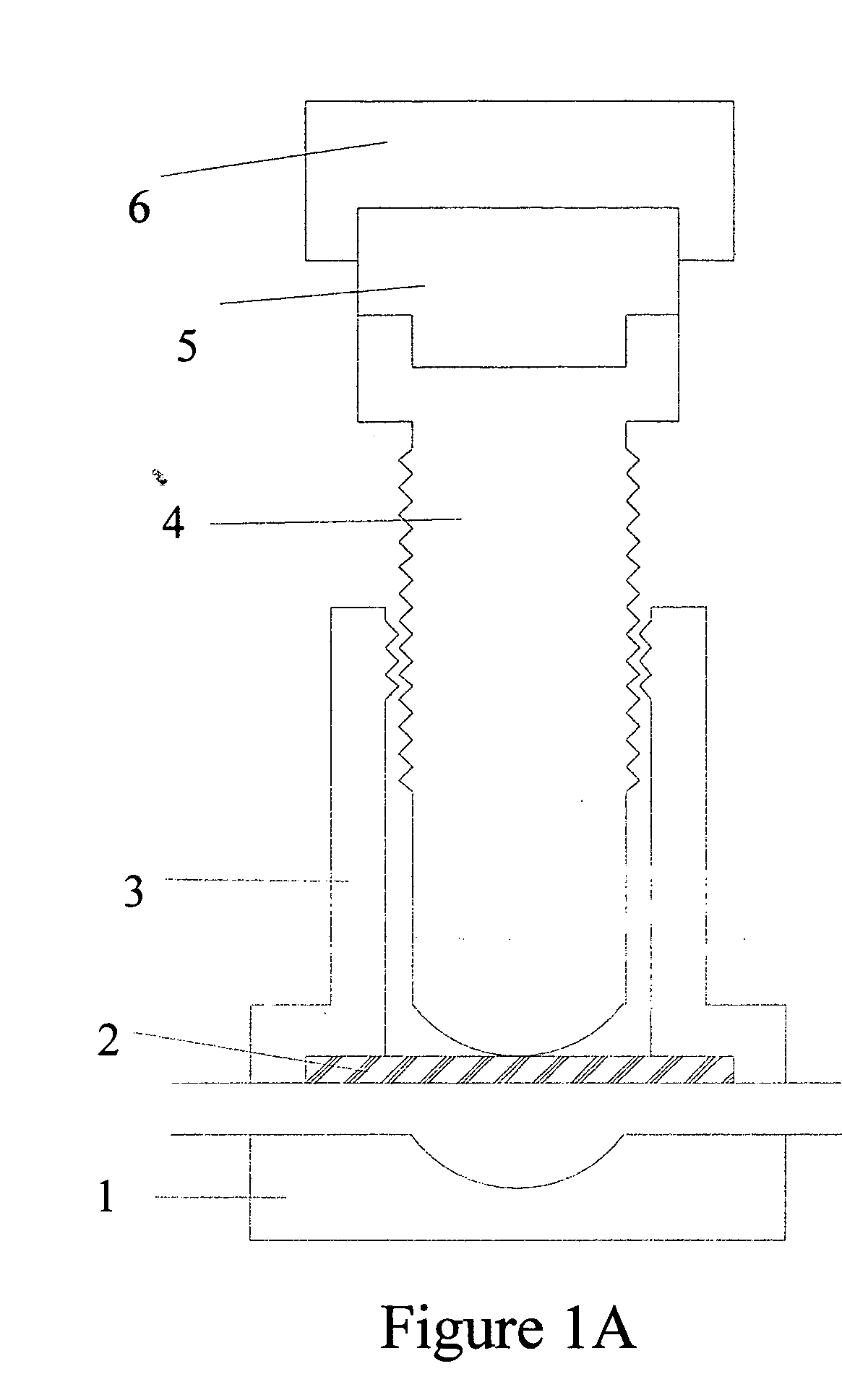Torque sensitive sanitary diaphragm valves for use in the pharmaceutical industry and methods related thereto
a technology of sanitary diaphragm valve and pressure torque, which is applied in the direction of diaphragm valve, engine diaphragm, valve operating means/release devices, etc., can solve the problems of contaminating the products produced in subsequent batches, adding considerable cost, and chemicals in the flow area may get trapped between the middle of the stem and the stem's housing area, so as to facilitate the flow of solutions and increase the amount of torque required
- Summary
- Abstract
- Description
- Claims
- Application Information
AI Technical Summary
Benefits of technology
Problems solved by technology
Method used
Image
Examples
Embodiment Construction
[0013] The critical feature sanitary diaphragm valve is the pressure obtain when mating the stem bottom, the diaphragm, and the flow area. If the valve diaphragm warps and a valve stem no longer provides proper sealing force when the operator places the valve in the fully closed position, then the valve will leak until it is disassembled and the diaphragm manually adjusted. By expanding the valve stem travel range of operation and modifying the valve handle to “slip” when a pre-set torque is reached, a reproducible seal pressure is achieved resulting in superior cost effective manufacturing capabilities.
[0014] Pressure sensitive sanitary diaphragm valves contain five major components: a housing, a stem, a handle, a diaphragm, and a slipping mechanism.
[0015] In one example of this invention the housing contains a flow housing area and a stem housing area. The flow housing area is a location on a pipe, tubing, or other structure utilized to facilitate the flow of solutions between t...
PUM
 Login to View More
Login to View More Abstract
Description
Claims
Application Information
 Login to View More
Login to View More - R&D
- Intellectual Property
- Life Sciences
- Materials
- Tech Scout
- Unparalleled Data Quality
- Higher Quality Content
- 60% Fewer Hallucinations
Browse by: Latest US Patents, China's latest patents, Technical Efficacy Thesaurus, Application Domain, Technology Topic, Popular Technical Reports.
© 2025 PatSnap. All rights reserved.Legal|Privacy policy|Modern Slavery Act Transparency Statement|Sitemap|About US| Contact US: help@patsnap.com



